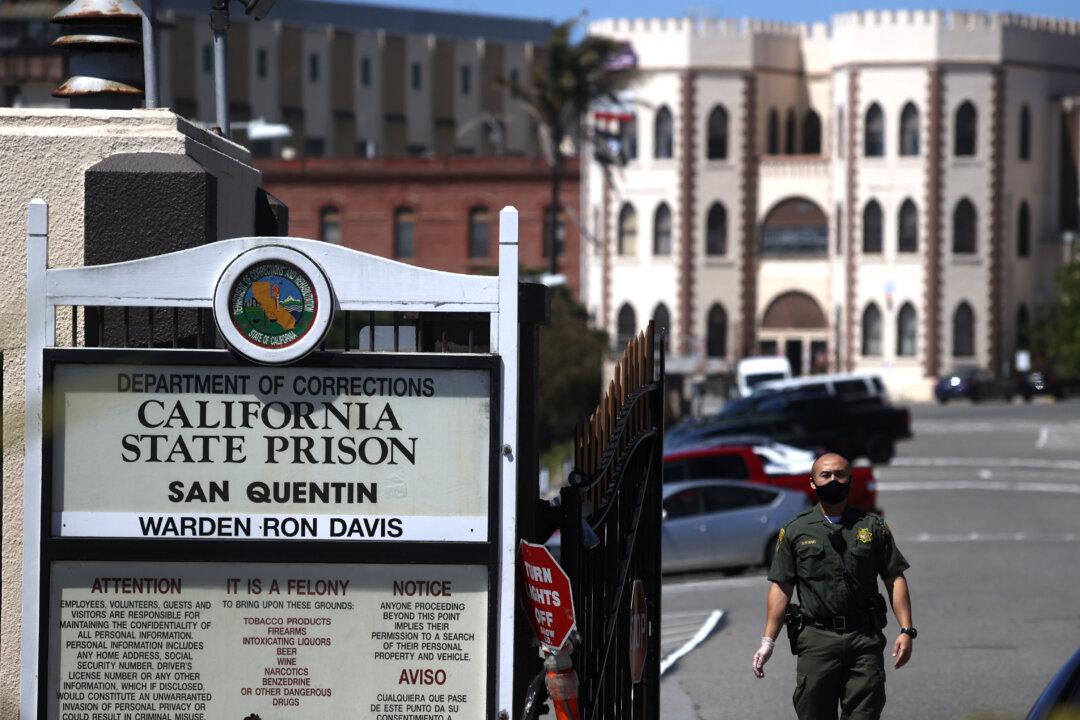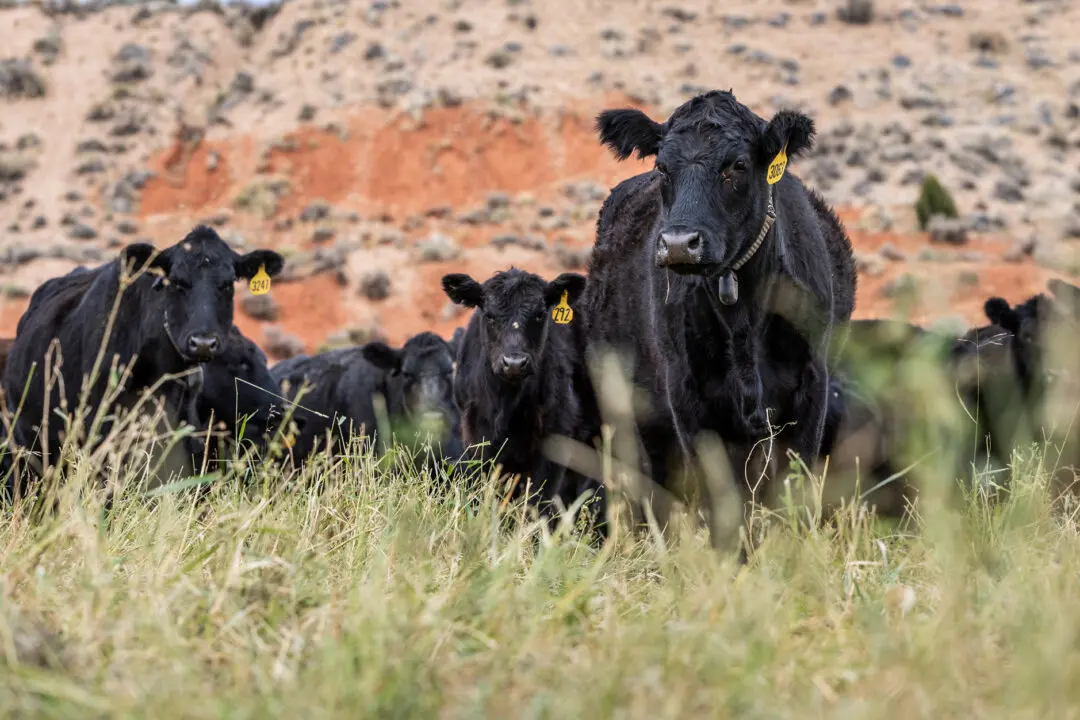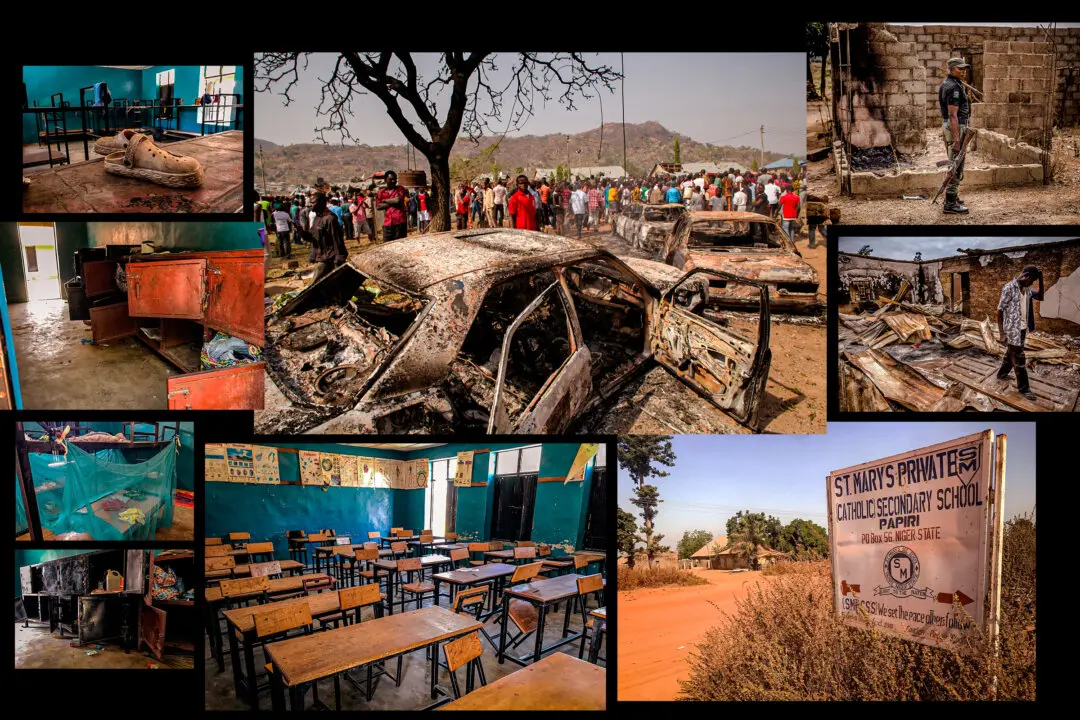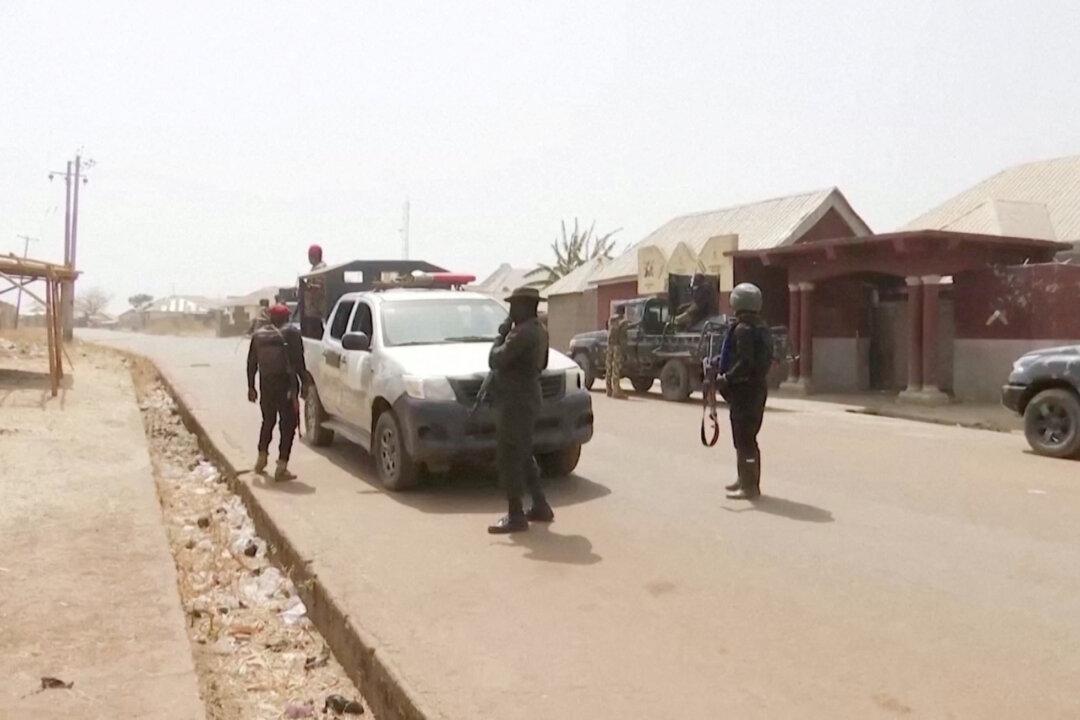The California Department of Corrections and Rehabilitation announced April 29 that it was investigating the death of a condemned inmate as a suicide, and acknowledged that another inmate’s death was under investigation.
Condemned inmate Daniel Jenkins, 68, was found unresponsive in his cell Monday morning, the department said. Housed on the prison’s Death Row since 1988, Mr. Jenkins was convicted of the 1985 murder of Thomas C. Williams, an off-duty LAPD detective, whom he shot in retaliation for having testified in a case against him just hours earlier, according to media reports at the time.





